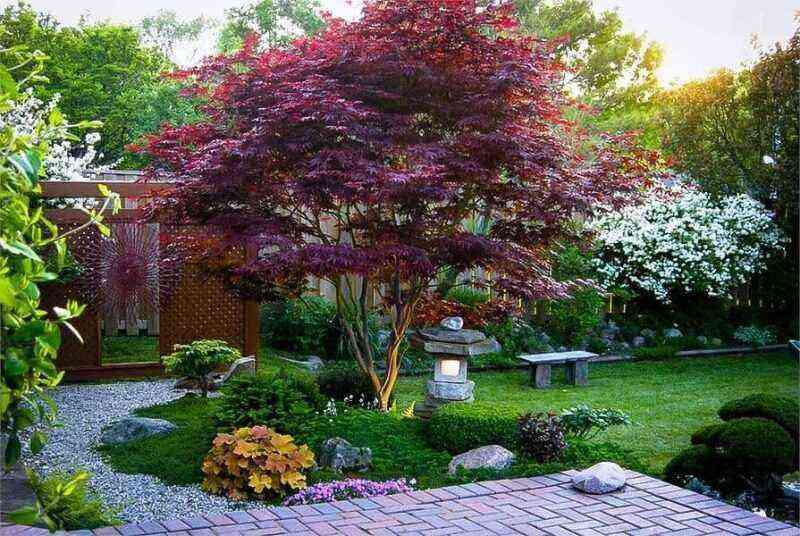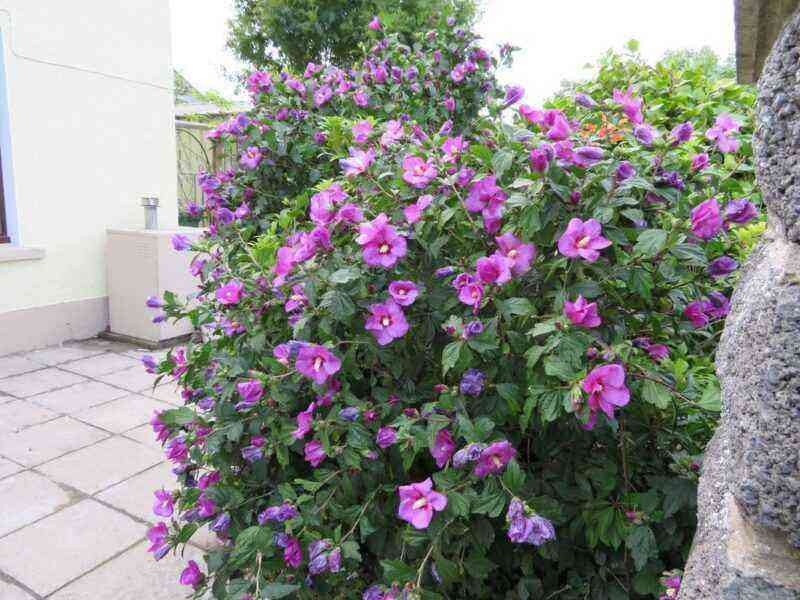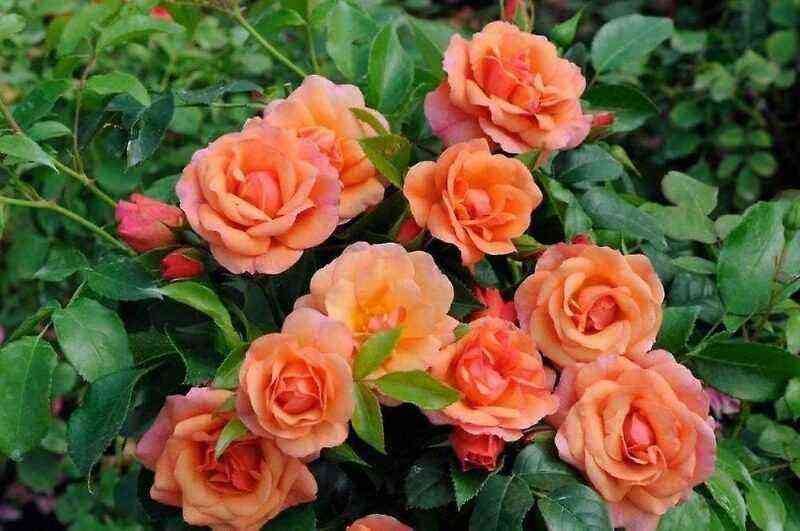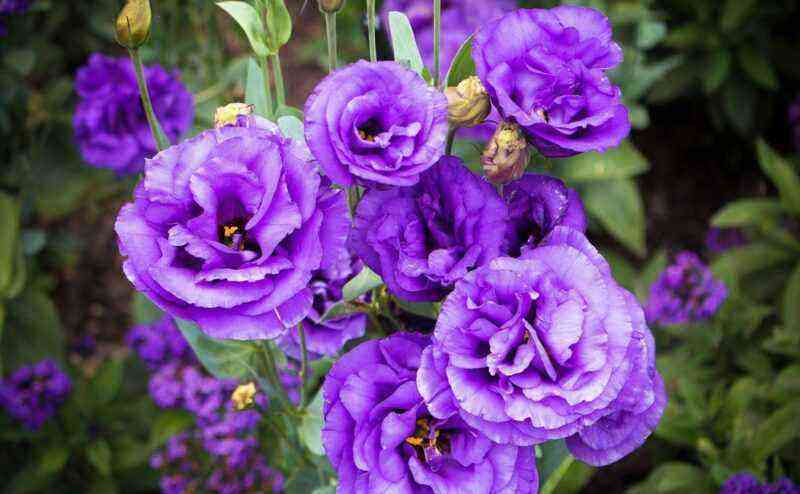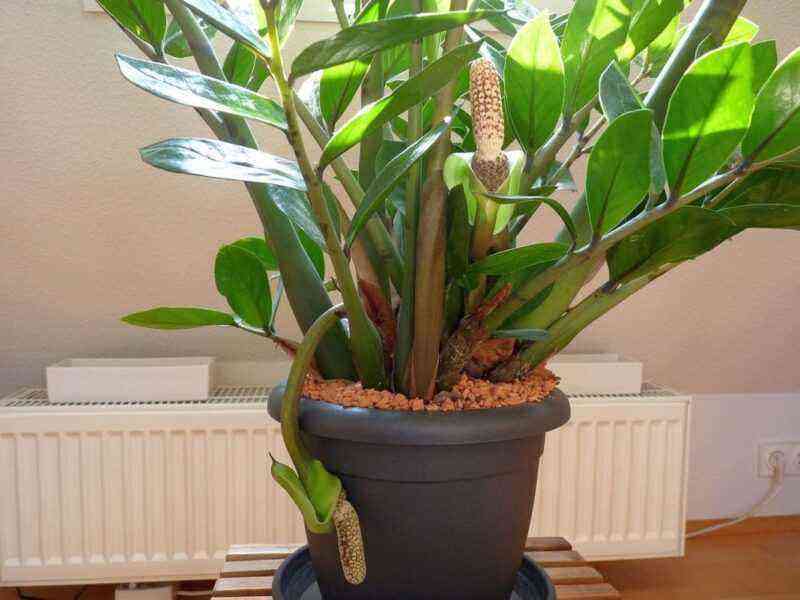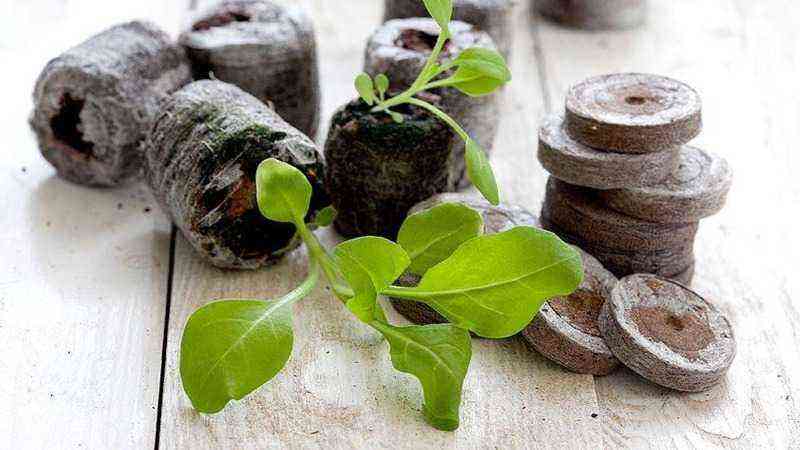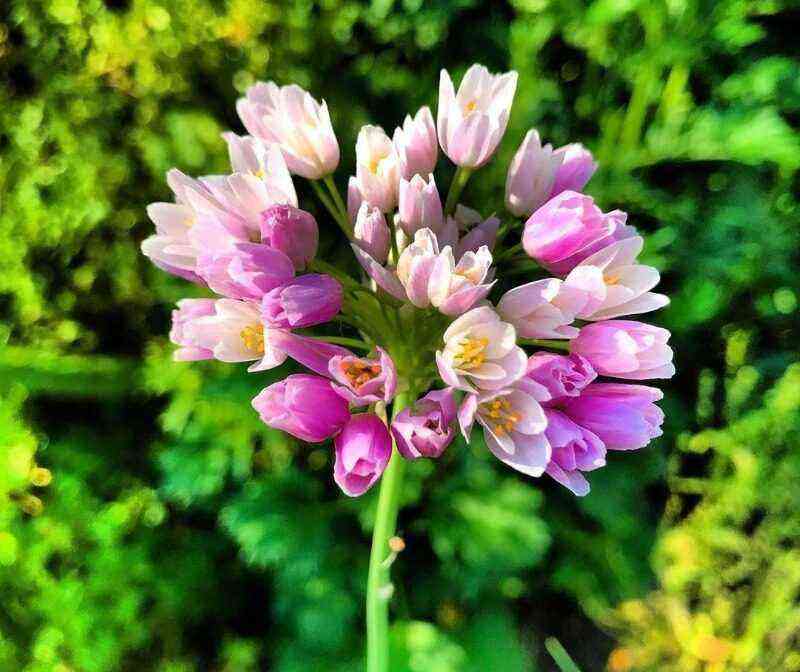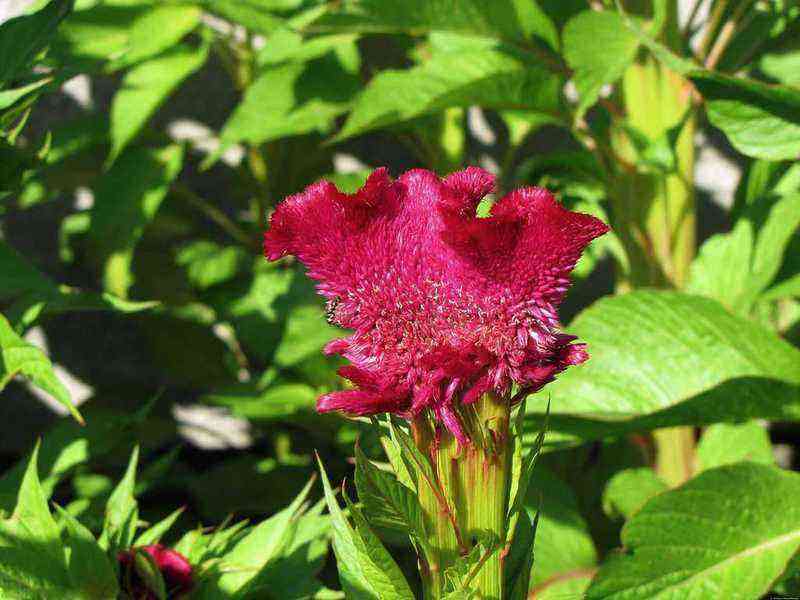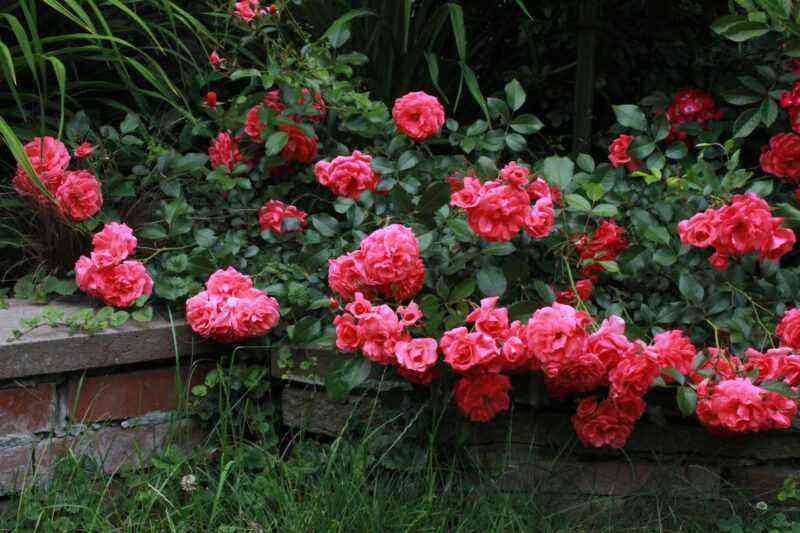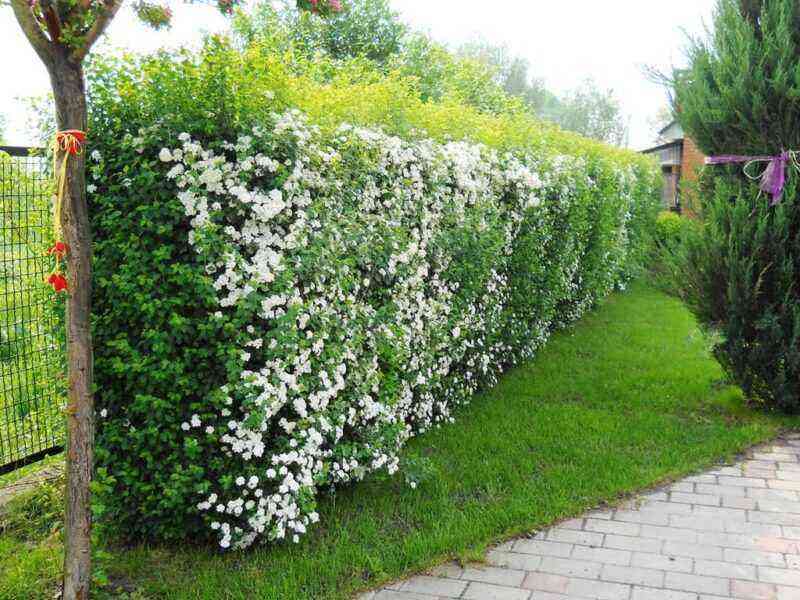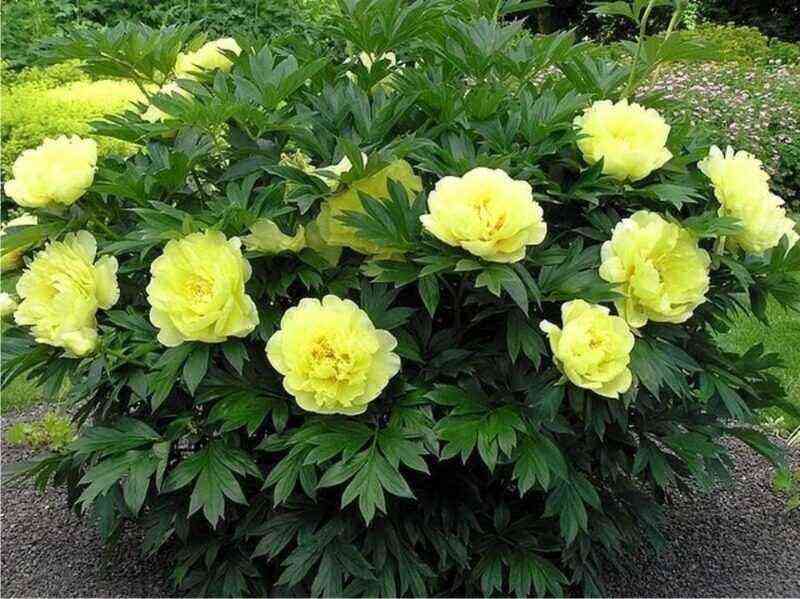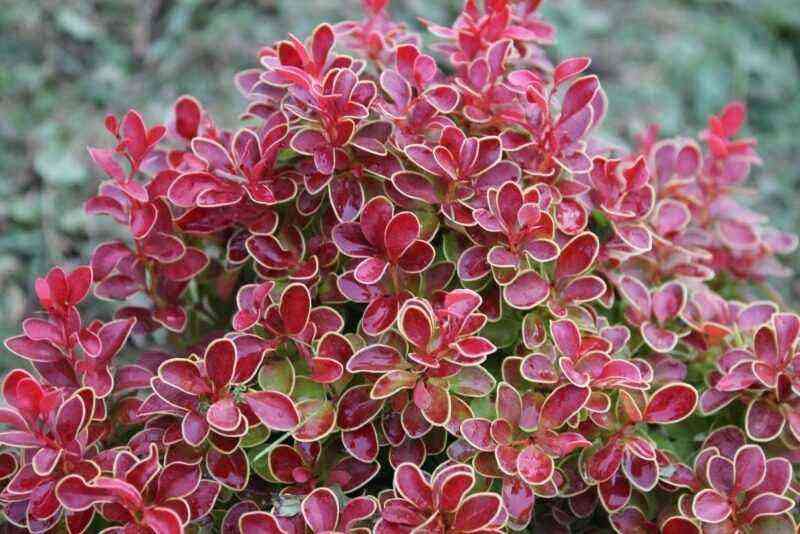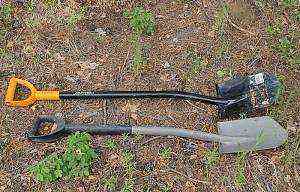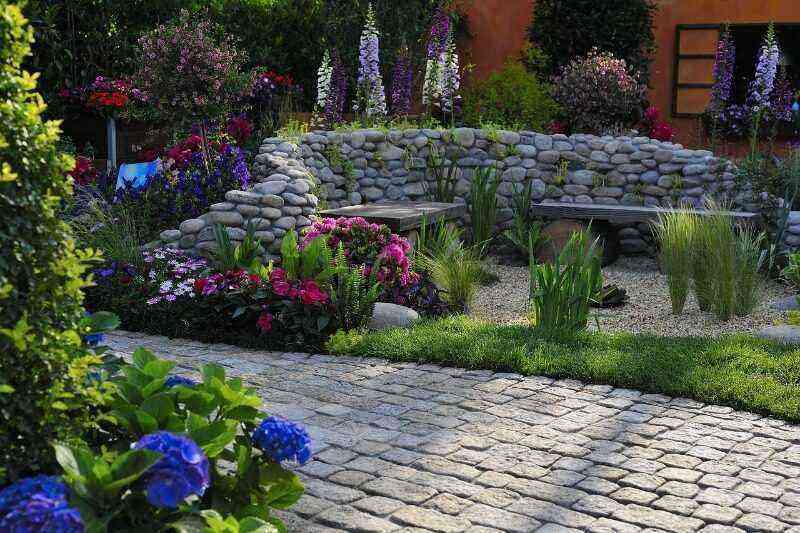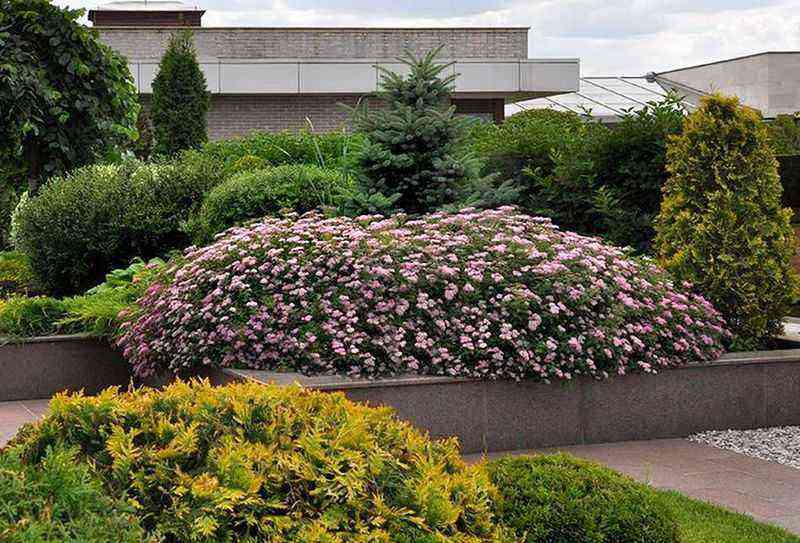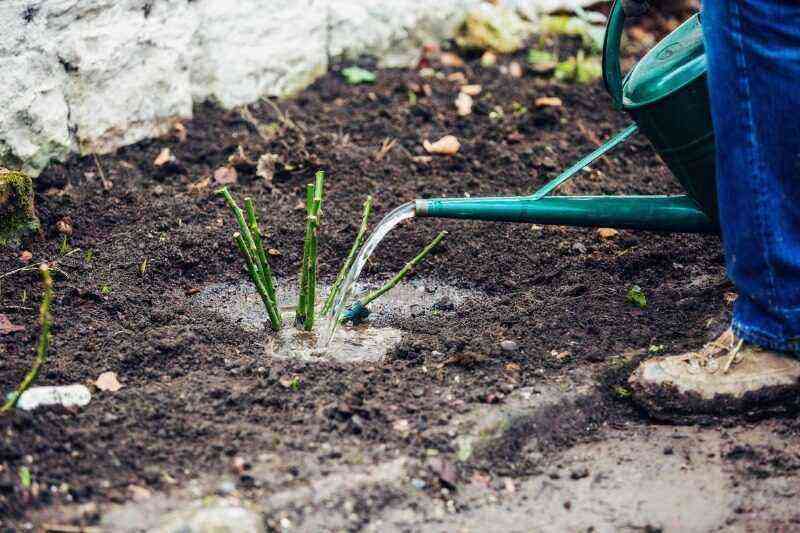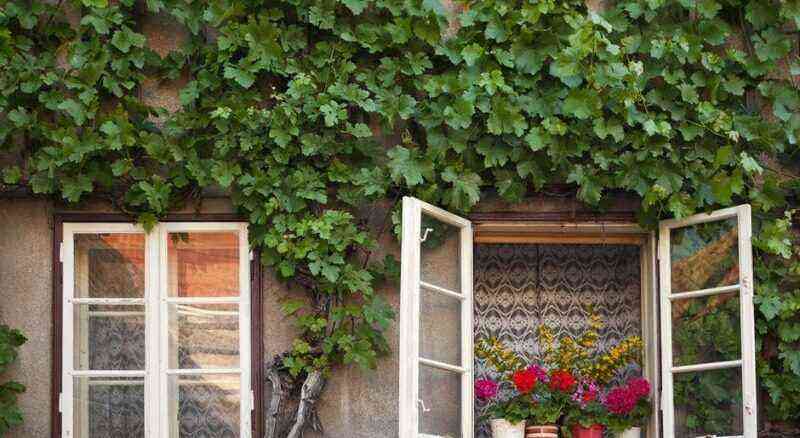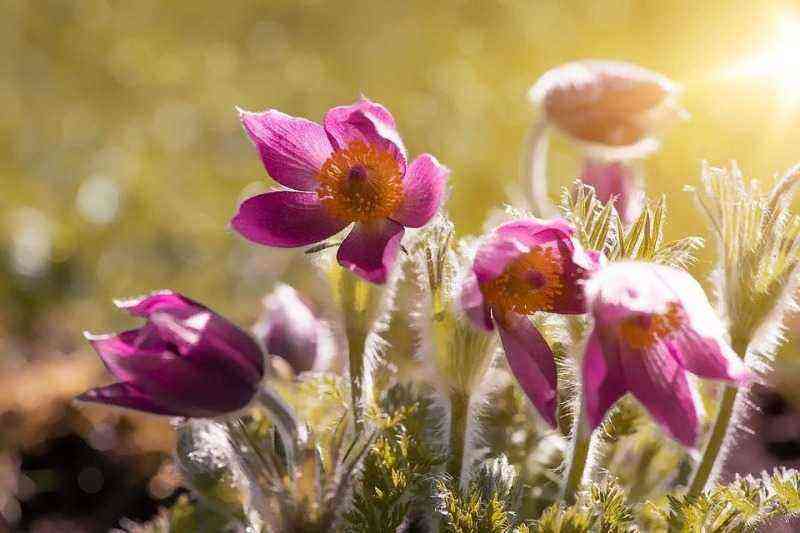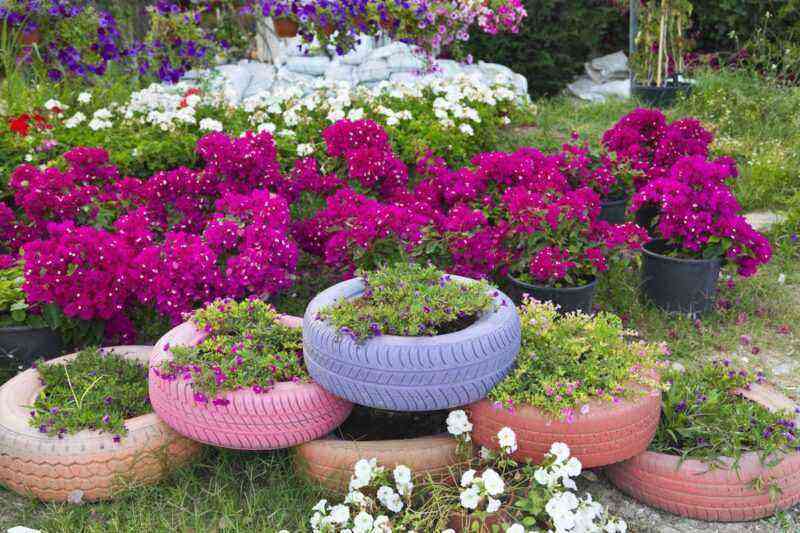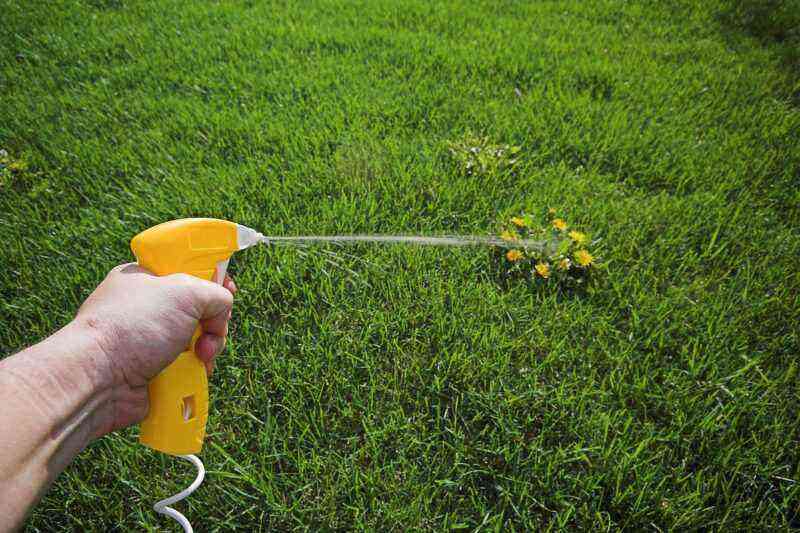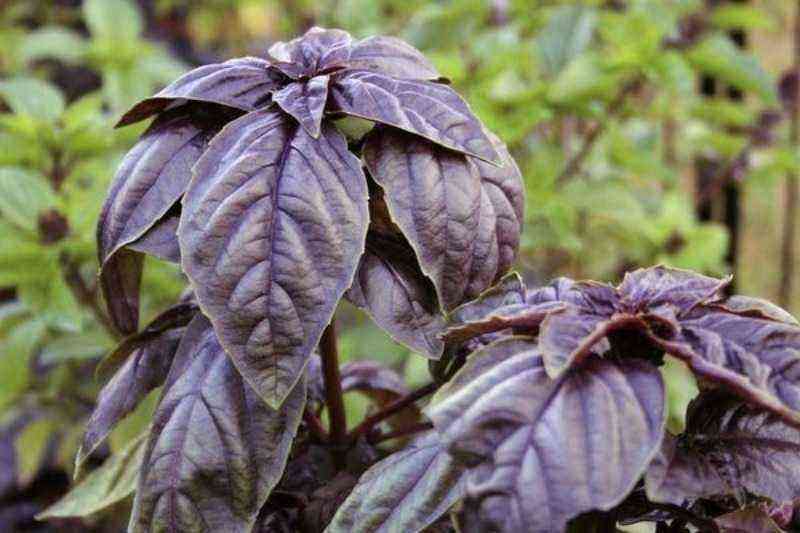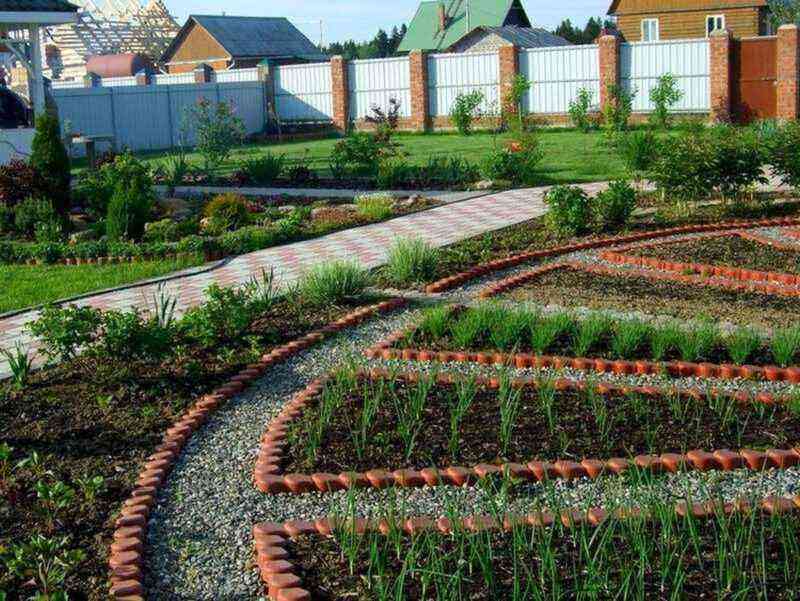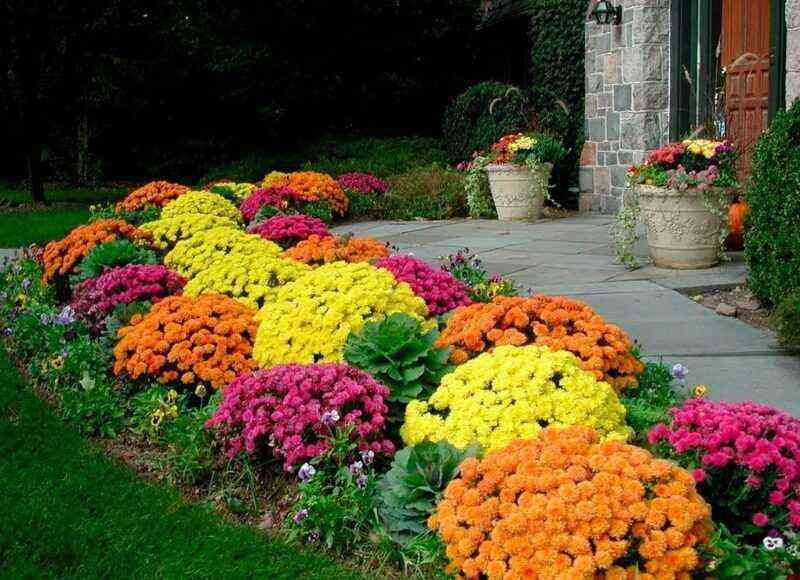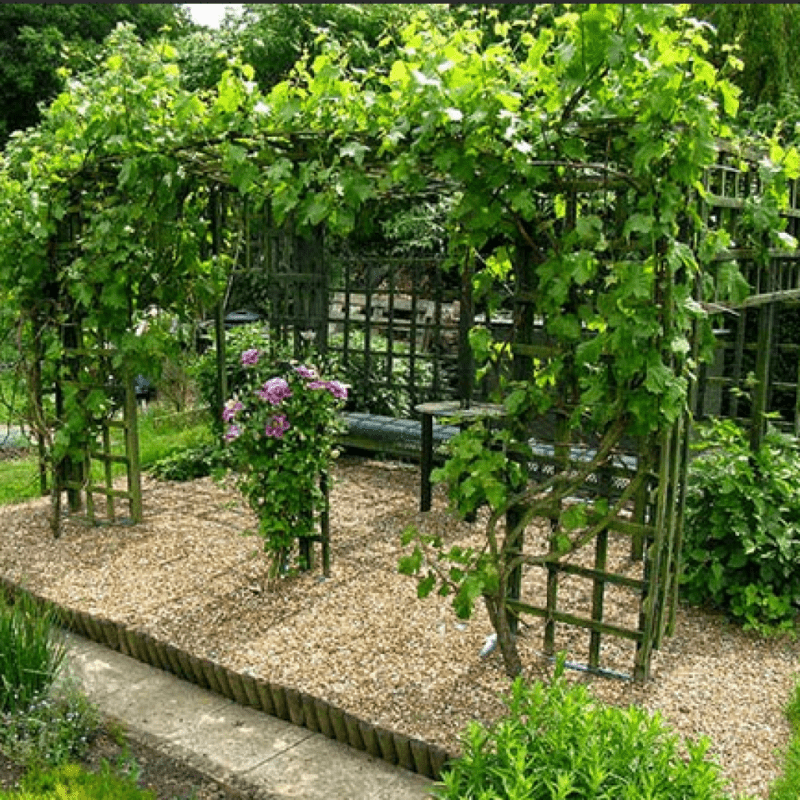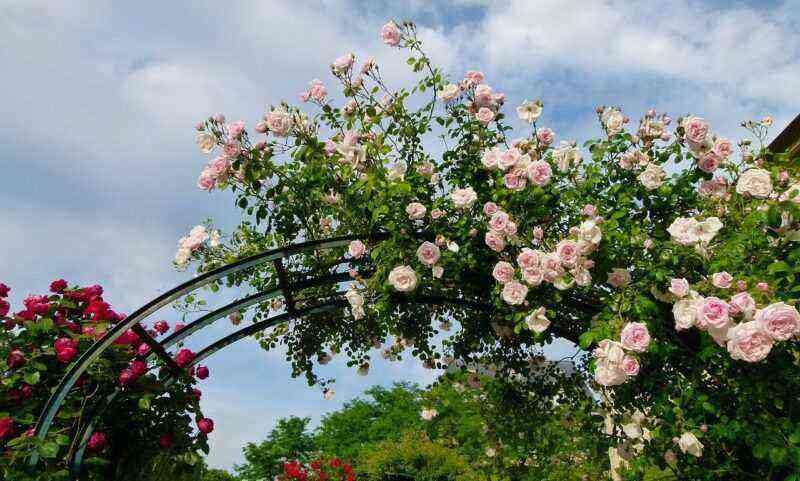Hydrangea is a lush shrub with light, ball-shaped flowers that draws attention to itself from afar. The popularity of the flower is only growing every year, you can find it in different parts of the country. If someone else doubts whether it is worth planting a hydrangea on your site, then there are six reasons to do it.
Variety of varieties
Breeders have bred many varieties of hydrangea, each of which has its own charm and is able to decorate any flower bed and garden plot. Colors – from milky white to rich lilac and muted reds. Height – from several tens of centimeters (large-leaved species) to 2 m (tree-like, oak-leaved species).
Petiolate hydrangea, for example, spreads along the ground, it is grown as a liana, decorating gazebos and walls of buildings. The most common types are paniculate and tree-like hydrangeas, varieties “Annabel”, “Grandiflora”, “Pinky Winky”, “Vanilla Freise,” Phantom “,” Limelight “, etc.
Blooms for a long time
Long flowering is the second indisputable advantage of hydrangea. With proper care, it can bloom from early summer until the first frost. Moreover, the flowers of some species gradually change their color, from white to pink or from white to green, which will add additional decorative effect.
Long standing in water
In bouquets, hydrangea does not fade for a long time, if you follow a few rules: make sure that the water always remains clean, and regularly trim the tips at an angle of 45 ° and the leaves touching the water.
Creates harmony
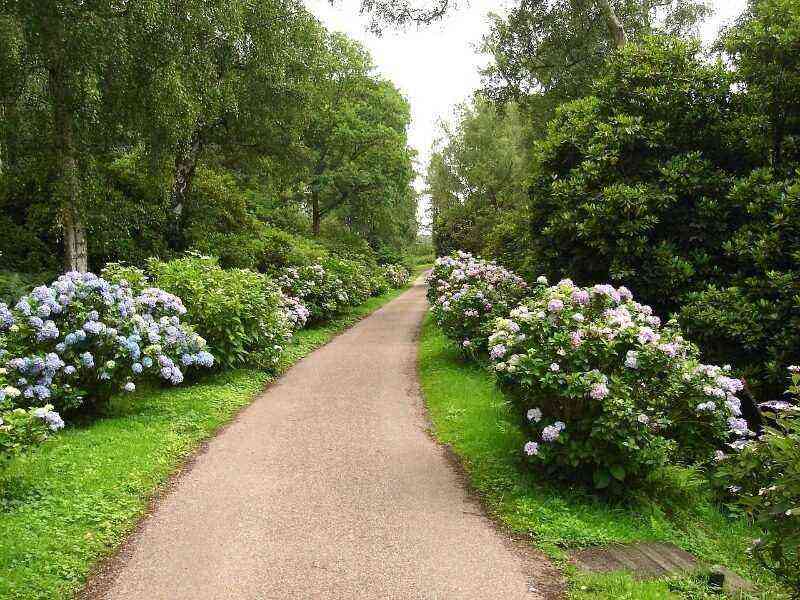
If, when choosing a plant for planting, you doubt between pragmatism (spend less money and time on care) and romanticism (more beauty and aesthetics), then hydrangea will help to achieve complete harmony in this matter.
It costs relatively inexpensively, if desired, it simply propagates by cuttings, requires minimal care, but gives your site elegance and elegance.
Effectively looks
Spherical inflorescences and large curly leaves look spectacular both in daylight and at night. It is not for nothing that in city parks they often decorate footpaths and sidewalks.
Unpretentiousness
> For all their external brilliance and splendor, most hydrangeas are quite unpretentious in care. They can be transplanted in spring and autumn, the soil needs acidic and fertilized.
They grow both in the shade and in the sun, although they do not feel comfortable from direct sunlight and strong winds. When pruned, they may bloom a little later than usual, there will be more flowers and the shrub will look more decorative.
Hydrangea loves watering, as the roots are usually close to the surface and do not go deep into the ground.
Frost resistance depends on the species: paniculate and tree-like winter without problems, and large-leaved and other varieties need to be well covered for the winter, otherwise they are threatened with complete freezing, and they will not survive until spring.
